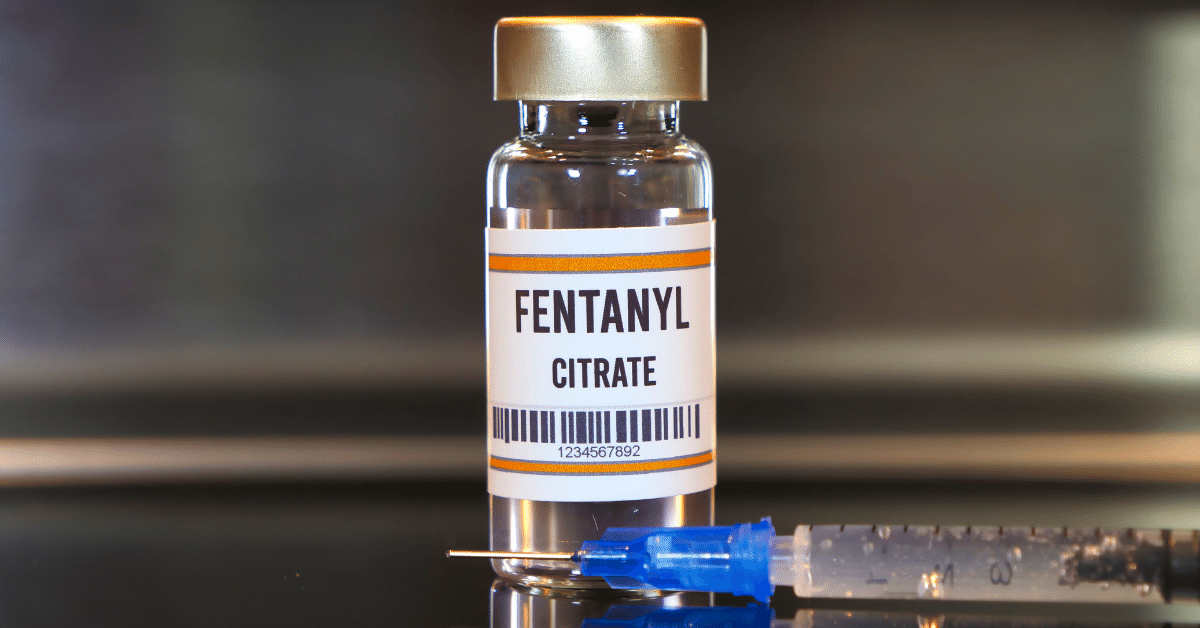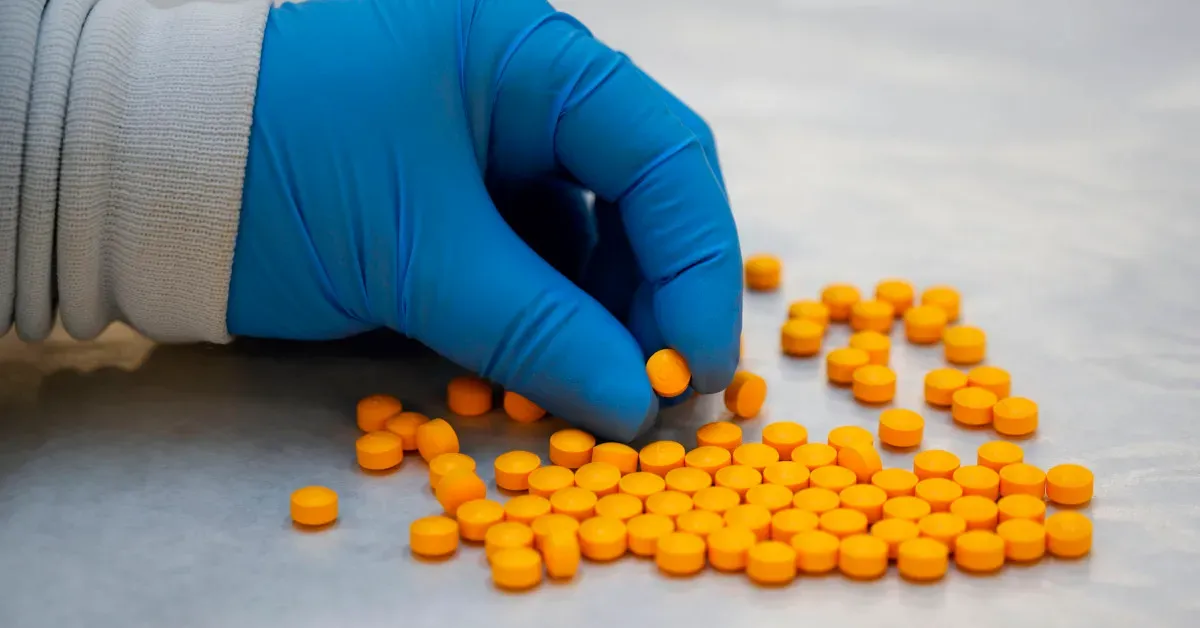How Long Does Fentanyl Stay in Your System? Expert Answers
Fentanyl is a fairly effective synthetic opioid used for severe pain control. Its period in the frame depends on factors like dosage, metabolism, and fitness, with detection instances ranging from 12 hours in blood to ninety days in hair. Fentanyl’s high efficiency increases the hazard of dependency and overdose, with various administration methods influencing its outcomes. Addiction remedy includes detox, medication-assisted remedy, and behavioral remedies. Understanding fentanyl’s effect and looking for professional help is vital for safe use.
Introduction
Fentanyl is a powerful artificial opioid that is often used to manage severe pain, specifically in sufferers who are tolerant to different opioids. Given its potency and capability for abuse, understanding how long fentanyl remains within the system is vital for both clinical specialists and patients. This article will explore the pharmacokinetics of fentanyl, factors that affect its detection time, and the implications for drug trying out and addiction remedy.
What is Fentanyl?
Fentanyl is an opioid analgesic that is substantially more potent than morphine—approximately 50 to one hundred times more potent. It is typically prescribed for pain management in most cancer sufferers or for the ones undergoing the most important surgical treatment. Fentanyl is to be had in several forms, including intravenous (IV) injections, transdermal patches, oral lozenges, and nasal sprays.

How Fentanyl Works in the Body
Fentanyl works by way of binding to the frame’s opioid receptors, which are located in areas of the brain that manipulate pain and emotions. When fentanyl binds to these receptors, it produces analgesic (ache-relieving) and euphoric consequences. This mechanism additionally slows down respiratory and heart rates, which can be dangerous at excessive doses.
Routes of Administration
- Intravenous (IV): Direct injection into the bloodstream gives speedy pain relief and is usually utilized in hospital settings.
- Transdermal Patches: These supply fentanyl through the skin over a prolonged length, commonly used for persistent pain management.
- Oral Lozenges: Often used for leap forward aches, especially in cancer patients.
- Nasal Sprays: Provide quick remedy and are regularly used for acute pain episodes.
Factors Influencing Fentanyl Detection Time
Several factors have an impact on how long fentanyl stays within the machine, inclusive of:
- Dosage and Frequency of Use: Higher doses and frequent use can prolong the presence of fentanyl within the frame.
- Metabolism and Genetic Factors: Individual metabolic quotes and genetic make-up can affect drug processing.
- Age, Weight, and Overall Health: Younger, more healthy individuals can also metabolize fentanyl quickly.
- Liver and Kidney Function: These organs are vital for drug metabolism and excretion; impaired characteristics can increase detection instances.
Fentanyl Half-Life
The 1/2-life of a drug is the time it takes for its concentration inside the blood to reduce through half. Fentanyl’s 1/2-existence varies depending on the route of administration:
- IV Injection: Approximately 2 to four hours
- Transdermal Patches: 17 hours on common, but can range from 13 to 22 hours
- Oral Lozenges: About 7 hours
- Nasal Spray: Around 15 minutes to one hour for the preliminary decline, with a secondary 1/2-existence of up to 12 hours
Detection Windows in Different Drug Tests
- Urine Tests: Fentanyl may be detected in urine for up to 3 days after the last use.
- Blood Tests: Typically, fentanyl is detectable for as much as 12 hours put up-management.
- Saliva Tests: Detectable for 1 to 4 days, depending on the dose and frequency of use.
- Hair Tests: Can monitor fentanyl use for up to ninety days or longer, offering the longest detection window.
Comparison with Other Opioids
- Fentanyl vs. Heroin: Fentanyl is a great deal more potent, leading to a shorter duration of movement but a better chance of overdose.
- Fentanyl vs. Morphine: Fentanyl is significantly stronger and faster-acting than morphine.
- Fentanyl vs. Oxycodone: Fentanyl is stronger and has a faster onset of action as compared to oxycodone.
Signs and Symptoms of Fentanyl Use
Physical Signs:
- Constricted students
- Drowsiness
- Nausea and vomiting
- Slowed breathing
Behavioral Signs:
- Euphoria
- Confusion
- Impaired coordination
- Mood swings
Short-Term and Long-Term Effects of Fentanyl Use
Immediate Effects:
- Pain alleviation
- Euphoria
- Sedation
- Respiratory depression
Chronic Use and Its Impacts:
- Tolerance and dependence
- Increased danger of overdose
- Cognitive impairment
- Chronic constipation
Risks and Dangers of Fentanyl Use
Fentanyl is associated with a high danger of overdose because of its efficiency. Even small doses can be deadly, especially while blended with other materials such as alcohol or benzodiazepines. Overdose signs encompass excessive respiration despair, unconsciousness, and demise.
Fentanyl Addiction and Dependence
Fentanyl addiction can expand fast due to its powerful results. Signs of dependency include:
- Compulsive drug-searching for conduct
- Continued use despite negative results
- Physical dependence, characterized by withdrawal symptoms while now not the use of the drug
Detoxing from Fentanyl
Detoxification includes the body ridding itself of fentanyl, frequently observed via withdrawal signs and symptoms including:
- Muscle aches
- Sweating
- Insomnia
- Anxiety
- Nausea and vomiting
The withdrawal timeline commonly starts within a few hours to an afternoon after the remaining dose and can remain for every week or more.

Treatment Options for Fentanyl Addiction
- Inpatient Rehab: Provides a based environment for detox and therapy.
- Outpatient Programs: Allow patients to get hold of remedy while preserving everyday duties.
- Medication-Assisted Treatment (MAT): Uses medicinal drugs like methadone, buprenorphine, or naltrexone to lessen cravings and withdrawal signs and symptoms.
- Behavioral Therapies: Cognitive-behavioral remedy (CBT) and contingency control can help regulate drug-related behaviors and broaden coping strategies.
Conclusion
Understanding how long fentanyl remains in your gadget is critical for dealing with its use, detecting it in drug assessments, and addressing dependency. Due to its efficiency and the danger of dependence and overdose, it is essential to technique fentanyl use with warning and search for expert help if dependency is suspected.
FAQs
How long does fentanyl stay in your urine?
Fentanyl may be detected in urine for up to three days after the ultimate use.
Can fentanyl be detected in a fashionable drug check?
Yes, fentanyl can be detected in specialized drug exams, though no longer constantly in preferred panels.
What are the symptoms of a fentanyl overdose?
Symptoms encompass extreme breathing depression, unconsciousness, and doubtlessly dying.
How is fentanyl dependency treated?
Treatment entails a mixture of detox, medicinal drug-assisted treatment, and behavioral treatment plans.
Is fentanyl more dangerous than different opioids?
Due to its excessive potency and risk of overdose, fentanyl is taken into consideration as more dangerous than many other opioids.
My Opinion about How Long Does Fentanyl Stay in Your System
In my opinion, knowing how long fentanyl remains inside the machine is critical due to its excessive efficiency and risk of dependency and overdose. It’s alarming how without difficulty misuse can cause serious health problems or maybe loss of life. Effective remedy and proper control are crucial for the ones suffering from dependence. Raising cognizance approximately the dangers and ensuring admission to to complete dependency remedies can help mitigate the dangers related to this effective opioid.
Disclaimer about How Long Does Fentanyl Stay in Your System
This article is for informational functions best and isn’t an alternative to professional medical advice, diagnosis, or remedy. Always seek the guidance of your medical doctor or other qualified fitness providers with any questions you may have concerning a clinical situation. Never disregard professional clinical recommendations or delay in looking for them because of something you’ve got to examine in this text.







